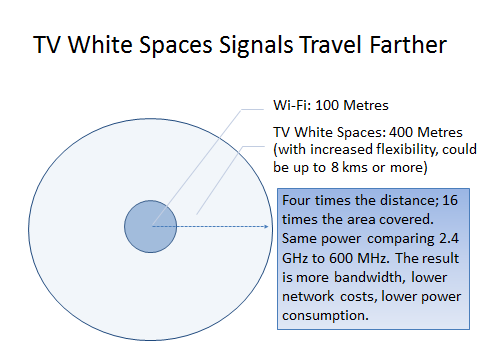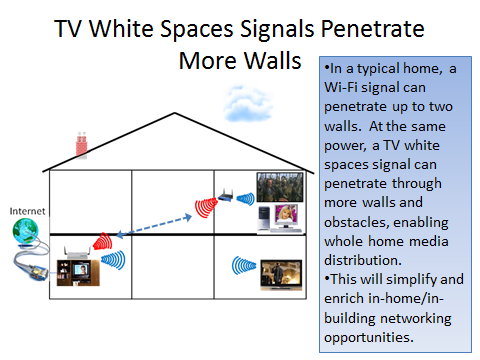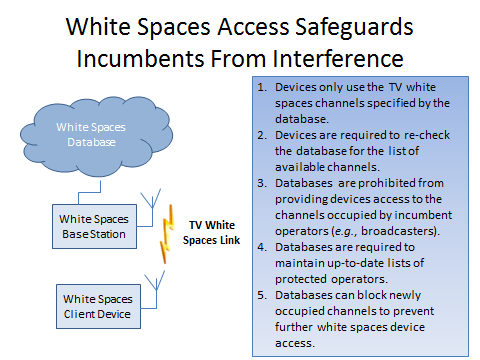
Microsoft, StarHub and the Institute for Infocomm Research (I2R), announced last week the first series of commercial trials of “Super Wi-Fi” with six other new partners.
Super Wifi actually taps on unused television broadcast frequency bands. These low-frequency bands are able to travel longer distances and penetrate more obstacles, which can translate to better coverage, lower power consumption, and reduced network costs.
What is Super WIFI
Governments create rules designating how radio frequencies can be used and, over the years, have assigned radio and television stations to certain blocks or “channels” of frequency in the spectrum. Limitations in transmission technology and the high costs to cover rural populations have led to gaps in the TV broadcasting bands. For decades, the hiss of “white noise” was familiar to anyone tuning a television from one channel to another — traversing the empty “white spaces” between TV broadcast frequencies.
This situation remains today. While some white spaces in the TV band are dedicated for uses such as radio-frequency telescopes, other spaces lie vacant.
On the other hand, the radio spectrum used by mobile phones and other wireless communications devices is becoming overpopulated. Growth in demand for applications, such as TV streaming, internet access, voice calling, music services and video downloads, are overloading the spectrum used by wireless communications devices.
TV white spaces (TVWS) enable organisations to look at under-utilized spectrum currently used primarily for broadcast services, to be used for broadband more cheaply (up to 1/10 the price) and for longer distances (up to 4x). Just as the title of this email suggests, it enables data to flow without the need for line of sight, to areas where WiFi cannot connect today. This space is currently unregulated by policy and through this SWSPG, Singapore is paving the way regionally & globally to develop exciting commercial opportunities to evolve through close collaboration with IDA.
The three projects introduced will explore how this new technology, also known as TV White Spaces (TVWS), can supplement existing wireless infrastructure and maximise spectrum efficiency, in order to benefit consumers and businesses, and introduce a new class of wireless connectivity to Singapore.
Key Benefits of Super Wifi



StarHub is piloting the use of the technology to provide better offshore communication to the many ships that anchor near Changi, while Power Automation, a joint venture between Singapore Power and Siemens, is deploying it in smart grid solutions in National University of Singapore’s University Town.
The explosive growth of wireless data traffic in recent years (just think about all the smartphones you see on the MRT!) has been putting severe strain on current mobile and Wi-Fi network infrastructure, necessitating better management of radio frequency spectrum through policy and technology innovations like TVWS.

 Follow
Follow